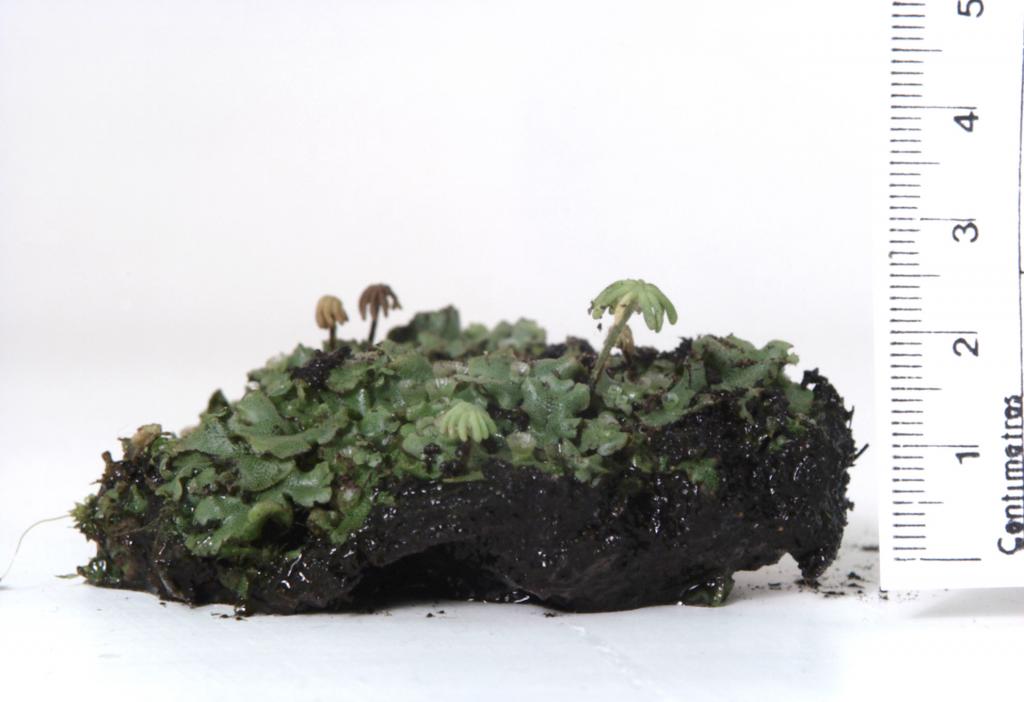Abstract
Nitrogen-fixing symbioses between plants and bacteria are restricted to a few plant lineages. The plant partner benefits from these associations by gaining access to the pool of atmospheric nitrogen. By contrast, other plant species, including all cereals, rely only on the scarce nitrogen present in the soil and what they can glean from associative bacteria. Global cereal yields from conventional agriculture are dependent on the application of massive levels of chemical fertilisers. Engineering nitrogen-fixing symbioses into cereal crops could in part mitigate the economic and ecological impacts caused by the overuse of fertilisers and provide better global parity in crop yields. Comparative phylogenetics and phylogenomics are powerful tools to identify genetic and genomic innovations behind key plant traits. In this review we highlight recent discoveries made using such approaches and we discuss how these approaches could be used to help direct the engineering of nitrogen-fixing symbioses into cereals.
Read full article
